An Artist Whose Mentors Are Scientists
http://ift.tt/2zlUcHZ
Dianna Cohen, an artist and environmentalist, remembers well how her hometown of Los Angeles changed in the 1970s when local grocery stores started offering plastic bags in addition to paper ones. During her family’s frequent trips to the beach, she could see the effect of that shift on the surrounding environment—something that inspired her to use plastic materials in her visual-art projects in college.
Later on, Cohen resolved to put her energy into reducing waste. She began an effort to clean up the Great Pacific Garbage Patch, a gyre in the middle of the ocean filled with marine debris. She soon discovered that the “patch” wasn’t actually an island at all, but a vortex of water clogged with plastic waste. Discoveries such as this and others led Cohen to co-found the Plastic Pollution Coalition (PPC), a nonprofit that aims to reduce the use of disposable plastic. The organization has started initiatives such as Refill Revolution, which works with music festivals to encourage concertgoers to use metal cups instead of plastic ones.
Cohen’s activism is inspired by, among others, Sylvia Earle, an oceanographer and a National Geographic explorer in residence. Cohen first met Earle at a book signing and says the biologist’s work convinced her of the importance of protecting the ocean and its inhabitants. I spoke with Cohen, about Earle and environmentalism more broadly, for The Atlantic’s series on mentorship, “On the Shoulders of Giants.” The following conversation has been edited and condensed.
Elisha Brown: When did you become interested in environmental activism?
Dianna Cohen: I was born in the 1960s during the birth of the environmental movement. When I was a kid, every glass bottle was sterilized and refilled. We now live in a society of convenience. We use things designed for disposability, but it’s not convenient for the environment, our own health, or our children. I grew up in Los Angeles, and my parents enjoyed going to the ocean. You’d look down the beach and it looks like a postcard, but as you walk along beaches, you see plastic here and plastic there.
Brown: Was there someone doing work on oceans and the environment whom you have looked up to?
Cohen: The marine biologist and explorer Sylvia Earle. I look to her as a great mentor and a tremendous influence. I’ve learned a lot of great lessons from her. When Sylvia wants to bring people into what she’s talking about—it doesn’t matter if she’s giving a speech to a room of 10 people or a room of thousands—she brings her voice down, soft and deep, and draws you in. It’s very powerful, intimate, and commanding—much more so than raising one’s voice.
Brown: How did you first meet Sylvia?
Cohen: The first time I met her, I traveled from Spain to Washington, D.C., and then drove to Virginia to a book fair where she was talking. I spoke to her after the presentation, and I told her I wanted to go clean up the Great Pacific Garbage Patch and was reconsidering the apex predators from the ocean that I ate. Sylvia asked me if I would eat a tiger or lion. She said, “When you’re eating a tuna, that’s what you’re doing.”
Brown: Coming from a background in art, how did you approach founding the Plastic Pollution Coalition, which wasn’t in your area of expertise?
Cohen: I developed a business plan to go out and clean up the Great Pacific Garbage Patch. I was approaching it as a visual artist and thought I could get a couple of artists to help clean up the ocean floor. I started talking to environmental bloggers, scientists, and activists to help me understand what I was looking at. We started talking about creating an alliance.
Brown: Who did you lean on to help you figure that out?
Cohen: I built a large group of advisers. My life feels enriched by having other people I can reach out to for help and advice. Prior to co-founding PPC, as an artist, I was always curating exhibitions while I was a student at UCLA. I like different opinions and a diverse array of people who bring different solutions and approaches to the table.
Brown: How do you balance your careers as both an artist and an activist?
Cohen: PPC is the biggest art project I’ve ever worked on in my life. It allowed me to create a nexus between the arts, science, and communication, and turn it into action. I meet young people who dual-major in science and art, and I’m envious but also happy. There’s recognition of value in interdisciplinary work.
Brown: Who are the young people that you provide guidance to?
Cohen: Grayce Nichols—she’s one of the daughters of Wallace J. Nichols, a PPC founding member. I’ve had the pleasure of knowing a bunch of young people and watching them grow. One of the things you learn is that kids are mostly positive and make corrections in everything they do. They’re open to receiving information in a way that adults aren’t. It’s important to keep that sense of curiosity. Being a mentor or mentee doesn’t have anything to do with age. You can learn a lot from people who are younger than you or older than you.
business
via The Atlantic – Business http://ift.tt/sTrp1A
